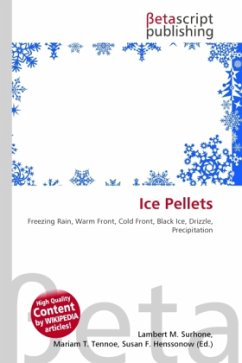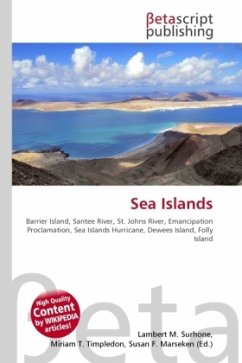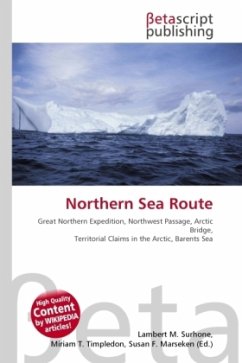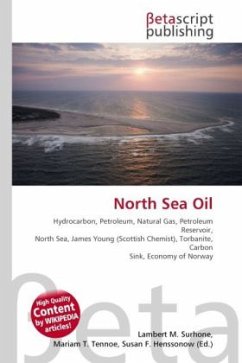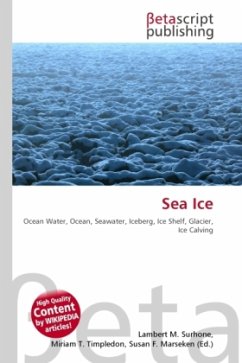
Sea Ice
Versandkostenfrei!
Versandfertig in 6-10 Tagen
23,99 €
inkl. MwSt.

PAYBACK Punkte
12 °P sammeln!
High Quality Content by WIKIPEDIA articles! Sea ice is largely formed from ocean water that freezes. Because the oceans consist of saltwater, this occurs at about -1.8 °C (28.8 °F). Sea ice may be contrasted with icebergs, which are chunks of ice shelves or glaciers that calve into the ocean. Icebergs are compacted snow and hence fresh water. Rarely, sea ice may be deliberately created or manipulated, see Arctic geoengineering for details. Land-fast ice, or simply fast ice, is sea ice that has frozen along coasts ("fastened" to them) or to the sea floor over shallow parts of the continental ...
High Quality Content by WIKIPEDIA articles! Sea ice is largely formed from ocean water that freezes. Because the oceans consist of saltwater, this occurs at about -1.8 °C (28.8 °F). Sea ice may be contrasted with icebergs, which are chunks of ice shelves or glaciers that calve into the ocean. Icebergs are compacted snow and hence fresh water. Rarely, sea ice may be deliberately created or manipulated, see Arctic geoengineering for details. Land-fast ice, or simply fast ice, is sea ice that has frozen along coasts ("fastened" to them) or to the sea floor over shallow parts of the continental shelf, and extends out from land into sea. Unlike drift ice, it does not move with currents and wind.



